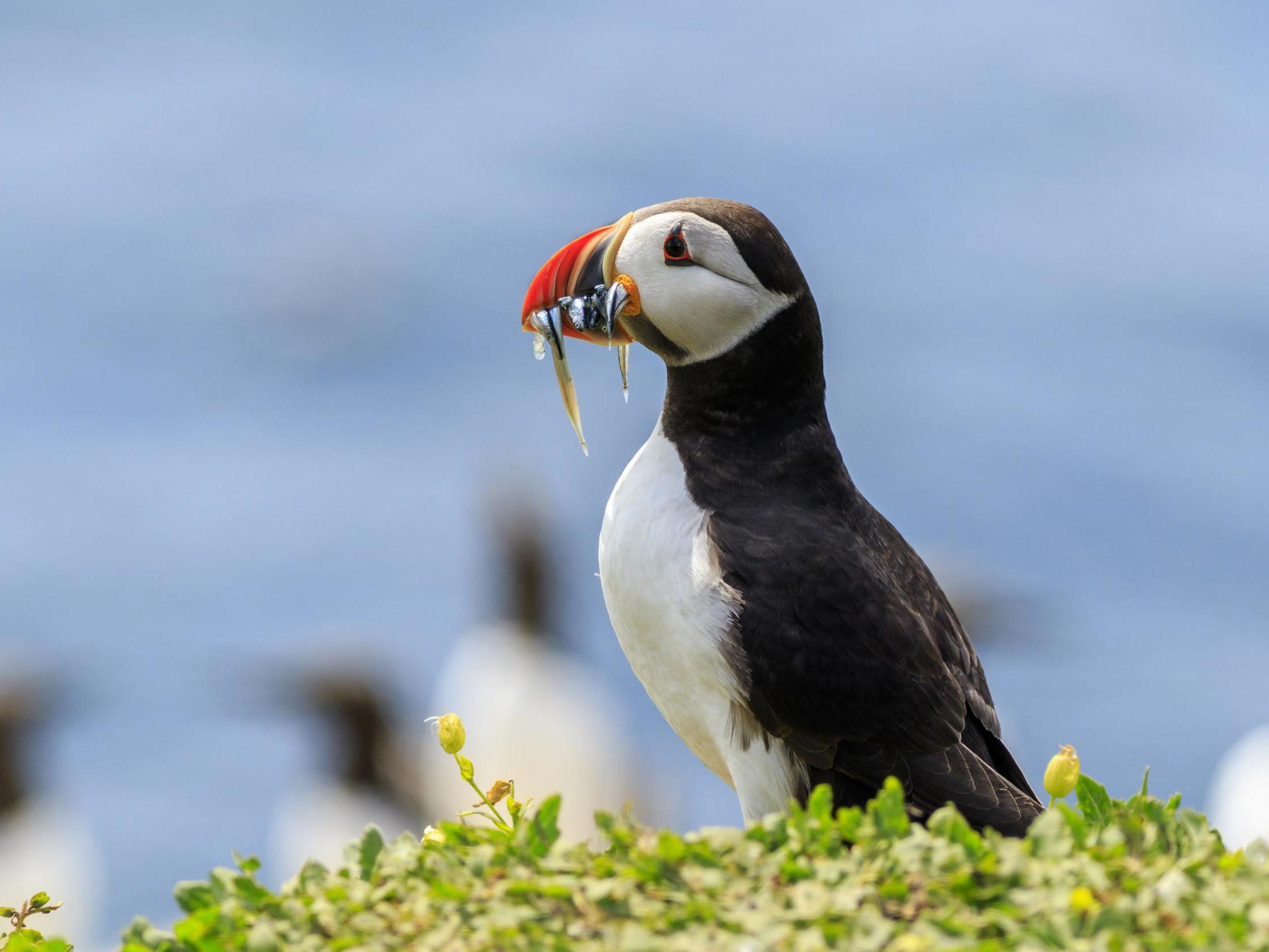Lundy seabird population triples in 15 years following eradication of rats
'In spring the island comes alive at night with the sound of these amazing birds,' said Lundy warden Dean Jones

Your support helps us to tell the story
From reproductive rights to climate change to Big Tech, The Independent is on the ground when the story is developing. Whether it's investigating the financials of Elon Musk's pro-Trump PAC or producing our latest documentary, 'The A Word', which shines a light on the American women fighting for reproductive rights, we know how important it is to parse out the facts from the messaging.
At such a critical moment in US history, we need reporters on the ground. Your donation allows us to keep sending journalists to speak to both sides of the story.
The Independent is trusted by Americans across the entire political spectrum. And unlike many other quality news outlets, we choose not to lock Americans out of our reporting and analysis with paywalls. We believe quality journalism should be available to everyone, paid for by those who can afford it.
Your support makes all the difference.The seabird population on Lundy has tripled in just 15 years thanks to the eradication of the island’s rats.
The rocky island off Devon in the Bristol Channel has seen a dramatic increase in the numbers of Manx shearwater, puffins and guillemots since the eradication project ended in 2004.
The RSPB said the population of seabirds on the island has tripled to 21,000 birds, with the Manx shearwater population growing from 297 pairs to 5,504 and puffins increasing from just 13 birds to 375.
The project – launched in 2002 by Natural England, the Landmark Trust, the National Trust and RSPB – set out to rid the island of the rodents because they were eating the eggs and chicks of seabirds nesting on land.
The island was declared rat-free in 2006.
Lundy, which is Norse for “Puffin Island”, is 12 miles from the port of Ilfracombe on the north Devon coast. It is just 3.5-miles long and half-a-mile wide.
Rosie Hails, director of science and nature at the National Trust, said: “We were really concerned as previous records showed that puffin numbers on Lundy had plummeted from over 3,500 pairs in 1939 to fewer than 10 pairs in 2000.
“And although around 75 per cent of the global population of Manx shearwaters breed on UK islands there were only 297 pairs on Lundy in 2001, way short of its potential considering its size and available habitat.”
Helen Booker, senior conservation officer for RSPB in South West of England, said: “This study clearly shows how quickly and positively seabirds respond to the removal of non-native predators.
“Of course, we had anticipated major population increases when the project was launched, but the scale of this recovery has far exceeded our expectations.”
Lundy warden Dean Jones added: “It is exciting to see this level of recovery in Manx shearwaters, one of our most important seabirds.
“In spring the island comes alive at night with the sound of these amazing birds. The increases in puffins, guillemots and razorbills is also very encouraging for the future of seabirds on Lundy and we are maintaining our vigilance to ensure rats cannot return to the island.”
Additional reporting by PA
Join our commenting forum
Join thought-provoking conversations, follow other Independent readers and see their replies
Comments